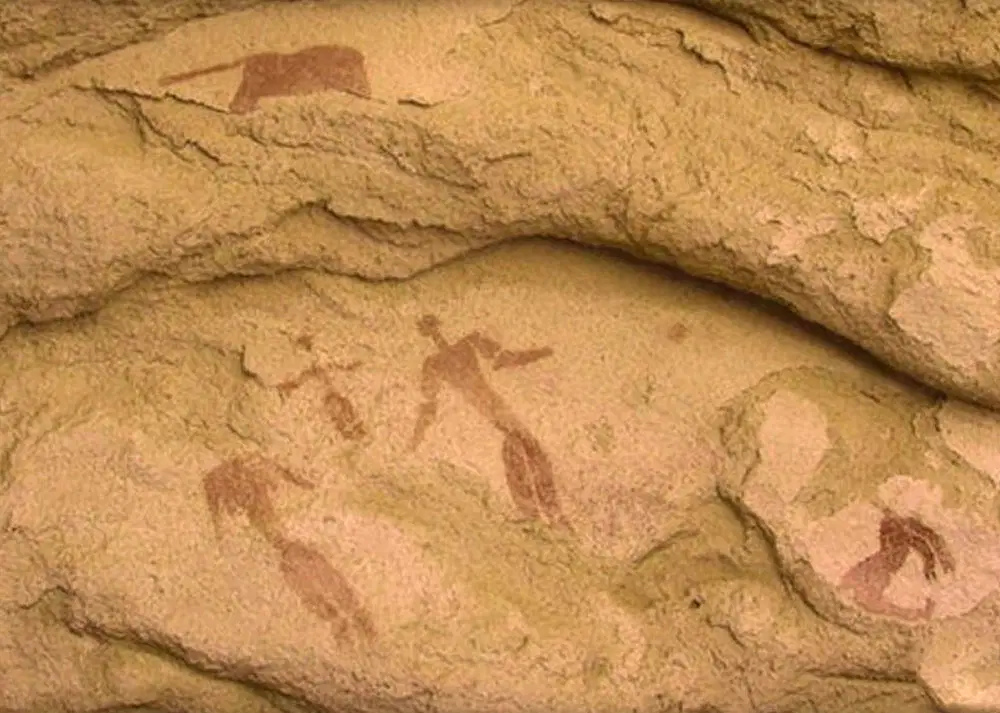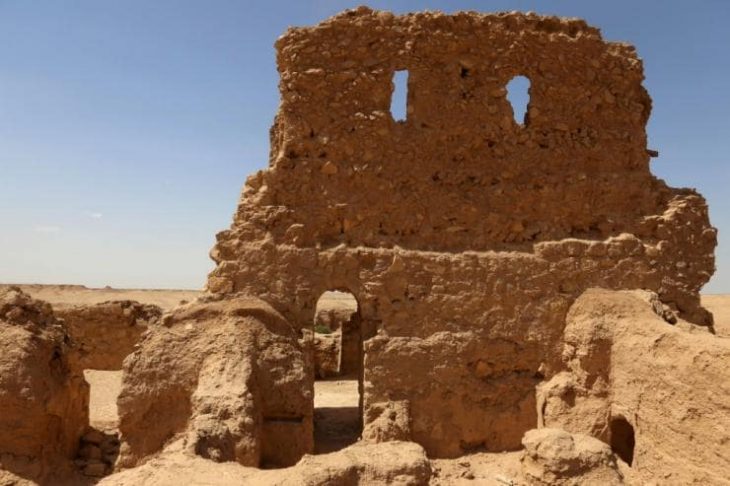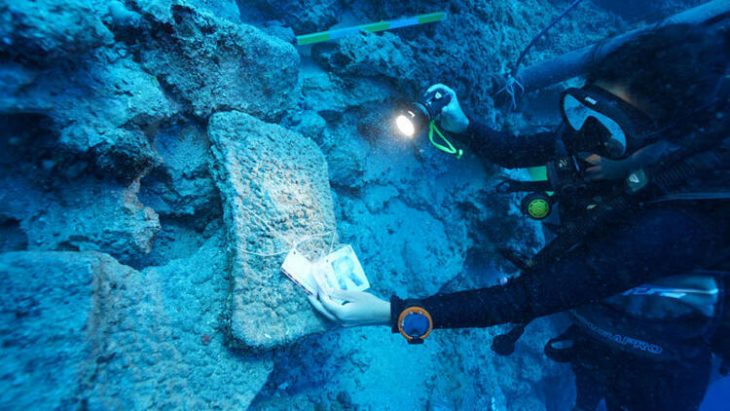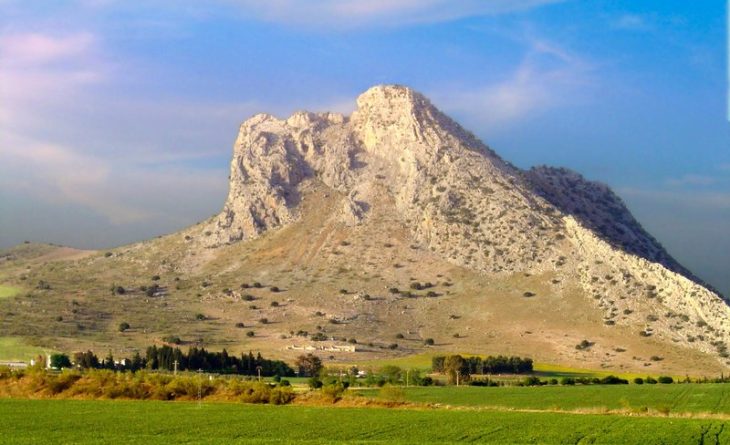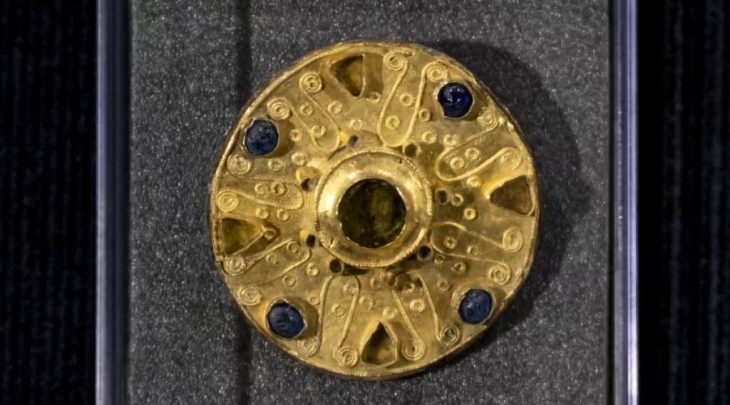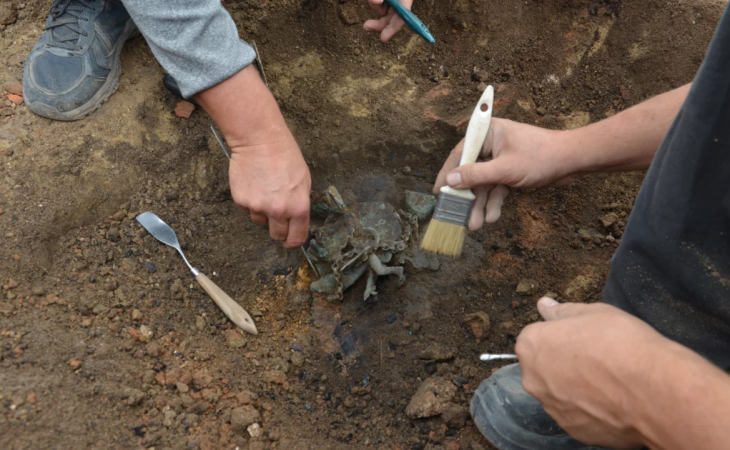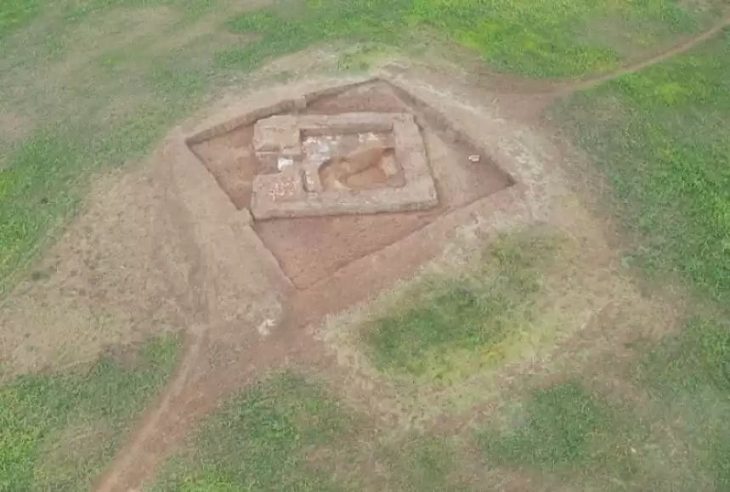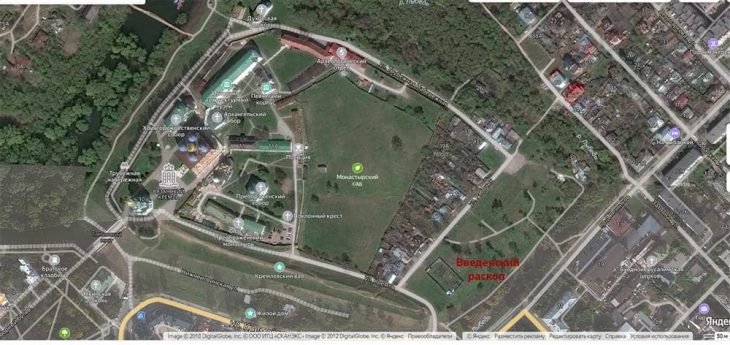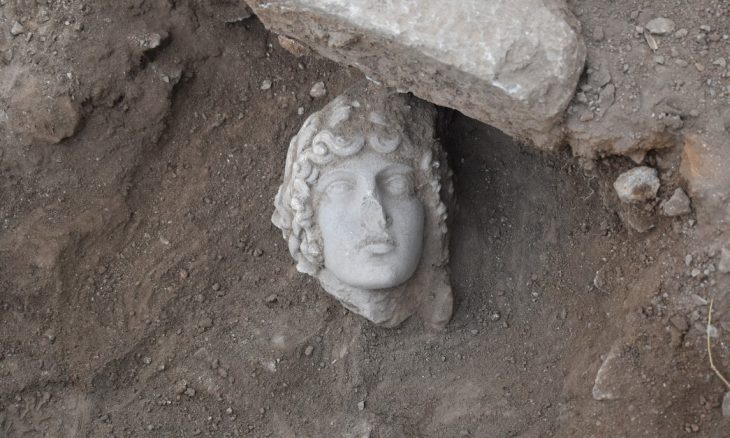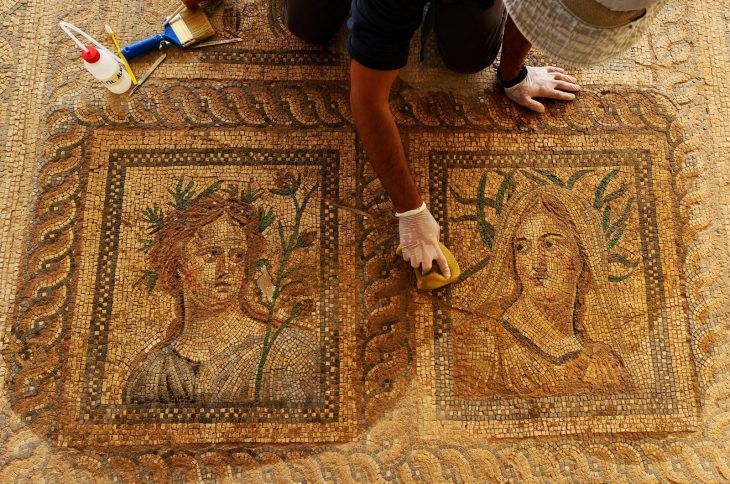5,000-year-old rock art depicting the oldest nativity scene ever found has been found in Egypt’s Sahara Desert: A newborn between parents, two animals, and a star in the east.
Reminiscent of the Bible’s account of Jesus’s birth, the prehistoric painting predates the biblical account by around 3,000 years.
A team of Italian researchers found the painting inside a cavity, which has subsequently been dubbed the “Cave of the Parents,” in the Egyptian Sahara during field expeditions between the Gilf al-Kebir plateau and the Nile Valley.
A newborn between parents, a star in the east, and two animals are depicted in the rock painting. According to Seeker.com, it was discovered on the ceiling of a small cavity in the Egyptian Sahara desert. Researchers believe it dates to the Neolithic or Stone Age.

“It’s a very evocative scene which indeed resembles the Christmas nativity. But it predates it by some 3,000 years,” geologist Marco Morelli, director of the Museum of Planetary Sciences in Prato, Italy, told Seeker. The site reports that Morelli and his team discovered the rock art in 2005, but only in 2016 revealed their findings under the title “Cave of the Parents.”
Although there isn’t much more information about the depiction, and the original report on Seeker is still illusive, the reported find is certainly intriguing.
The rock painting, done in a reddish-brown ochre, has several notable features: a headless lion -One of Jesus’ titles is the Lion of Judah- also headless lions were mythical in the Neolithic or New Stone Age in that part of the world, a baboon or monkey, a star set in the east, and a baby who is slightly raised to the sky, a position that could have signified birth or pregnancy, Seeker reported.
Morelli and his team discovered the painting in 2005 but only revealed their find to the public without providing a reason for the delay in 2016.
“The discovery has several implications as it raises new questions on the iconography of one of the more powerful Christian symbols,” the geologist added. “We didn’t find similar scenes until the early Christian age.”
The Christmas nativity scene is primarily based on the account of the birth of Jesus found in the Gospel of Matthew, which state that three wise men followed a newly risen star that led them to Jesus’ birthplace of Bethlehem.
The Gospel of Luke’s second chapter gives details concerning the birth of Jesus and how his father and mother were turned away from the inns in Bethlehem because the inns were full and had to take refuge in either a barn or a cave, where the Bible says Mary gave birth to Jesus.
“And Joseph also went up from Galilee, from the town of Nazareth to Judea, to the city of David, which is called Bethlehem, because he was of the house and lineage of David, to be registered with Mary, his betrothed, who was with child. And while they were there, the time came for her to give birth. And she gave birth to her firstborn son and wrapped him in swaddling cloths and laid him in a manger because there was no place for them in the inn.” (Luke 2:4-7)
Even though the precise month and day of Jesus’ birth are unknown, by the fourth century the Western Christian Church had fixed Christmas on December 25. While Eastern Christian churches celebrate Christmas on December 25 of the Julian calendar, which corresponds to January 7 in the Gregorian calendar, most Christians celebrate the birth of Christ on December 25 of the Gregorian calendar. Scholars of comparative religion have argued that the date chosen corresponds to non-Abrahamic religious festivals that occurred at the winter solstice, such as the birth of the ancient Egyptian god Horus.
Cover Photo: This 5,000-year-old rock painting may depict a Nativity scene, similar to the 2,000-year-old scenes of Jesus’ birth. Dr. Morelli discovered the cave painting in Egypt in 2005 but only made it public in 2016. Marco Morelli, via Seeker.com

